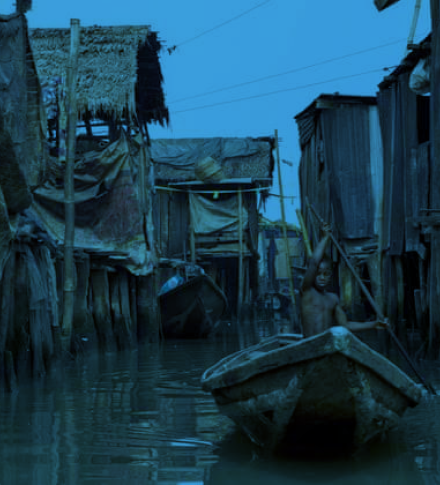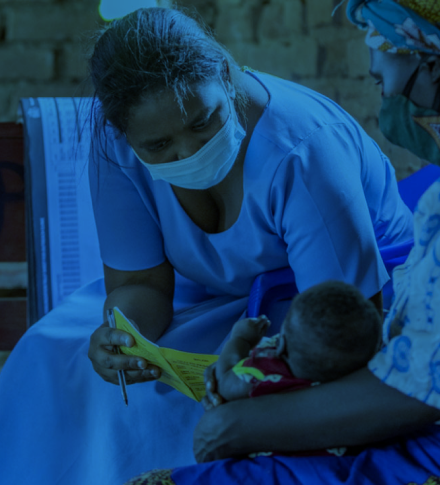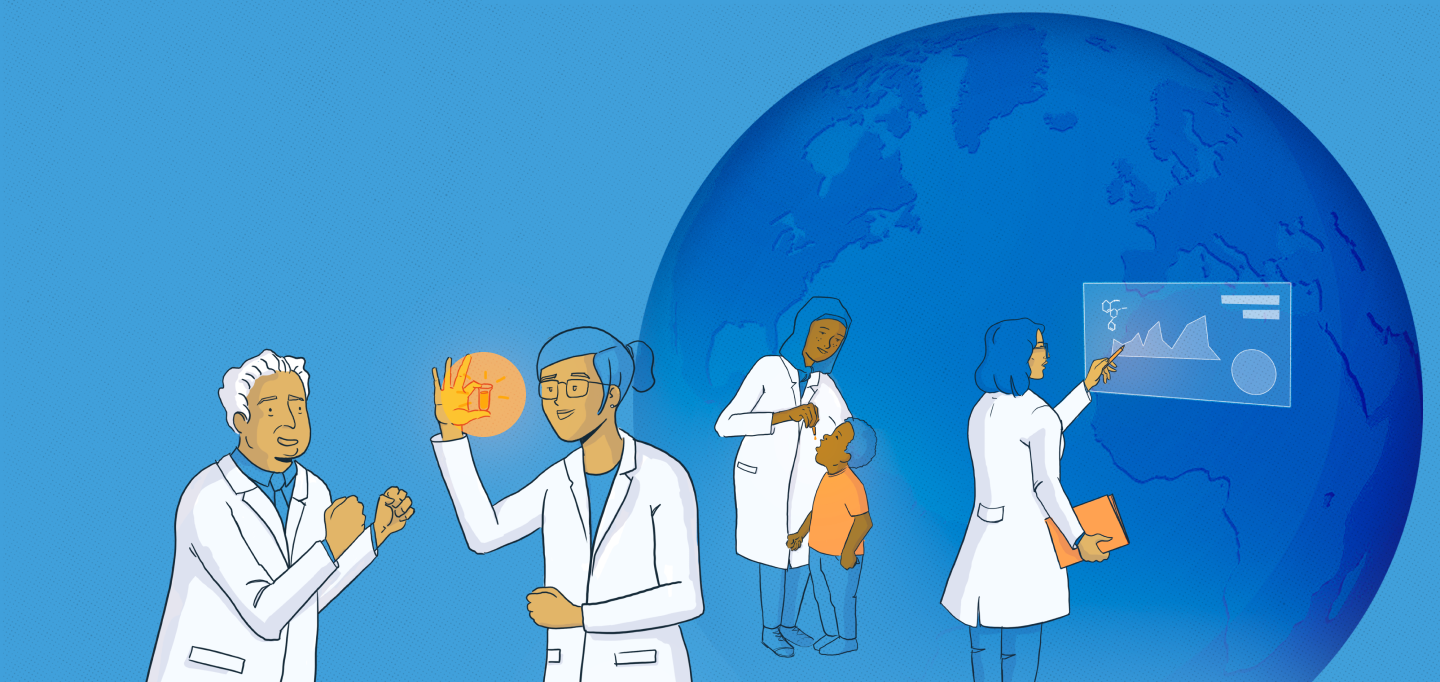

VALUE OF VACCINATION
The power of vaccines in saving lives
Without vaccines, millions of us would not be alive
today.
Since the 1980s when immunisation began ramping up around the world, vaccines have saved lives that would otherwise have been lost early in childhood. Lives of people who would go on to have their own children, contribute to society and boost their country’s development.
The eradication of smallpox in 1979 remains one of humanity’s greatest achievements. It was only made possible with vaccination. Polio is set to be next, with cases falling from an estimated 350,000 in 1988 to 140 in 2020.
Fighting childhood diseases
Between 1990 and 2017, immunisation has helped to halve the number of deaths of children under five years old. Vaccines save five lives a minute in lower-income countries. Although too many children still don’t have access to vaccines, preventing diseases like measles and tetanus means that millions of children are given the chance to grow, to go to school and to live healthy lives.
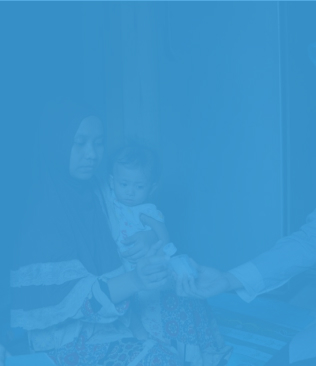
BETWEEN 1990 AND 2017

VACCINES SAVE

VACCINE IMPACT

Vaccines bring hope for children in Nigeria’s largest coastal slum
The children of Makoko, Nigeria’s largest coastal slum live without clean water, toilets or electricity, and they fight infectious diseases daily. They often don’t make it to their fifth birthday. Volunteers bringing essential vaccines have changed their lives. It’s been eight years since any immunisation campaigns took place in the slum, and the community is relieved to have them now.
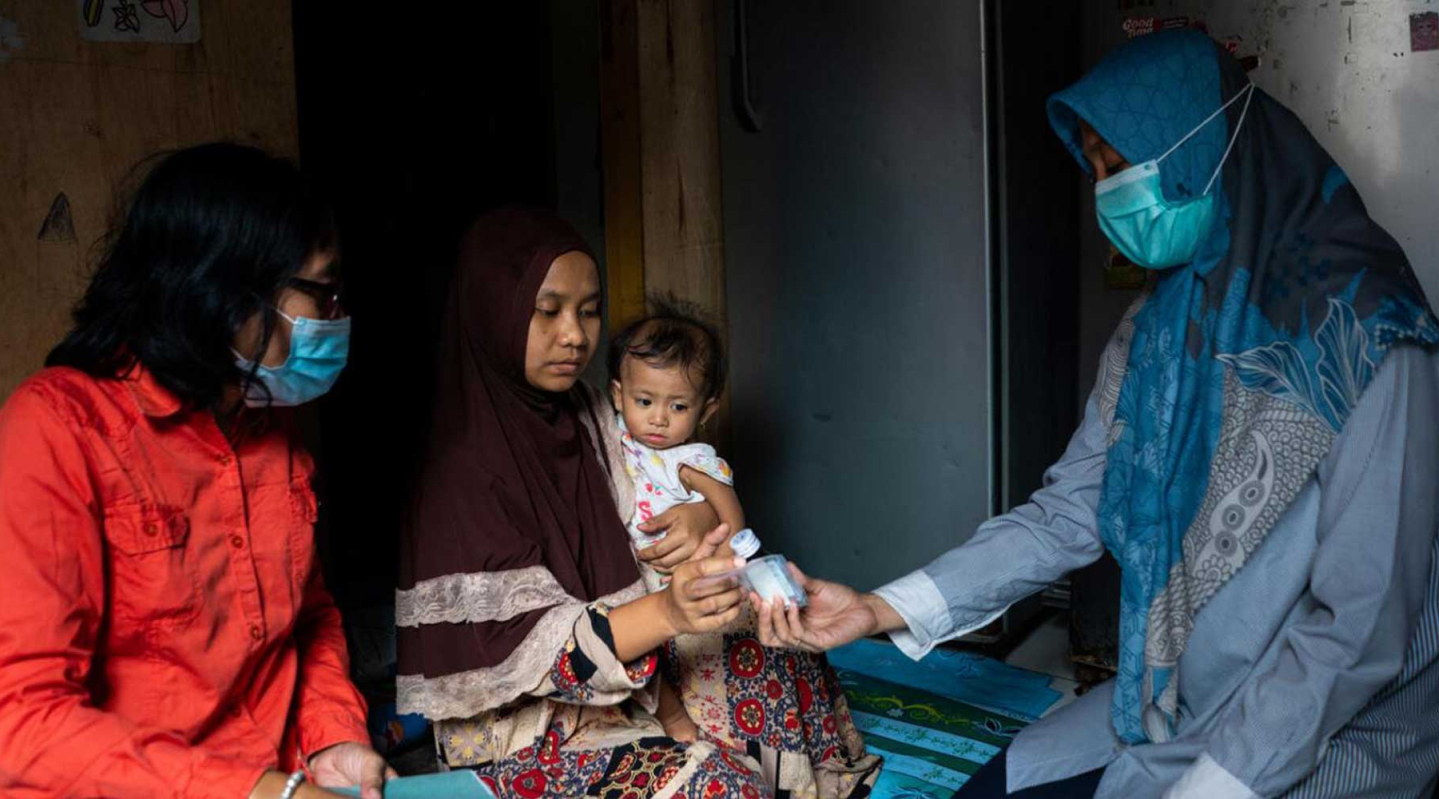
Between 1990 and 2017, immunisation has helped to halve the number of deaths of children under five years old.
Recommended immunisation schedule
NEWBORNS
INFANTS
ADOLESCENTS
ADULTS
PREGNANT WOMAN
OLDER ADULTS
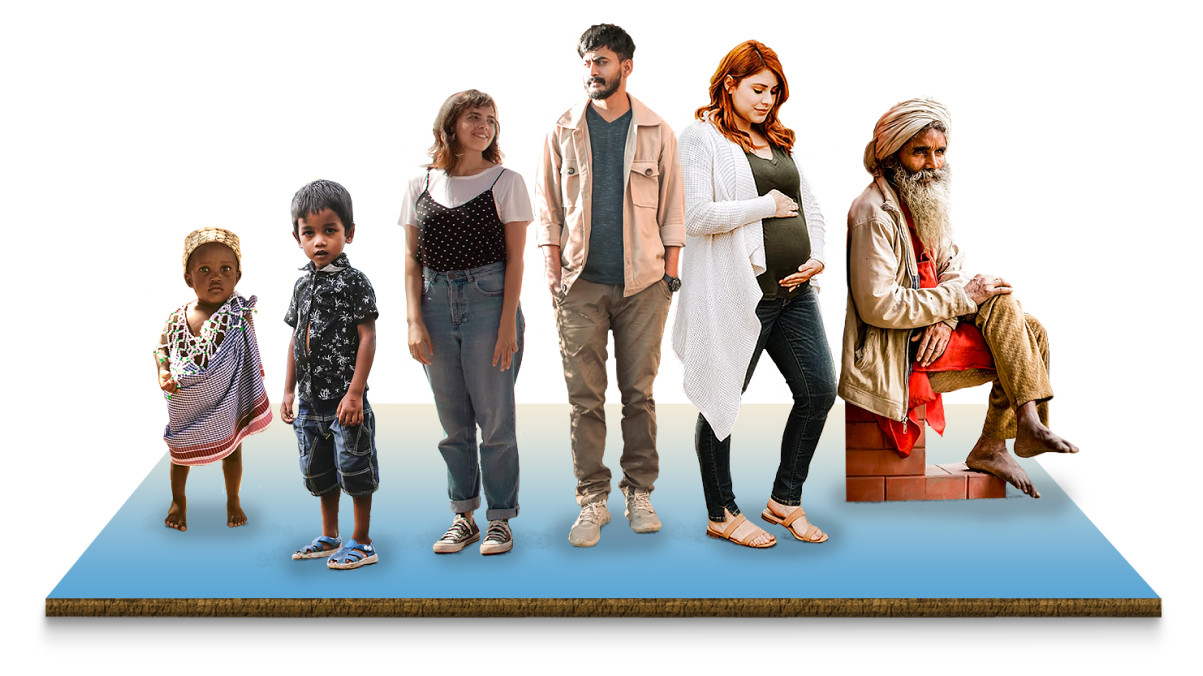
Basic vaccine coverage
Basic vaccine coverage is measured by DTP3 — a third dose of a diphtheria, pertussis, and tetanus-containing vaccine. In lower-income countries this has increased from 59% to 81% in the past two decades.
In the early 2000s, only 3% of low-income countries were giving children a vaccine against Haemophilus influenzae type b (hib), a virus that can cause bacterial meningitis; now all low-income countries provide a pentavalent vaccine that protects against hib, diphtheria, pertussis, tetanus, and hepatitis B.
By the end of 2020, 84% of children globally had received one dose of measles-containing vaccine by their second birthday.
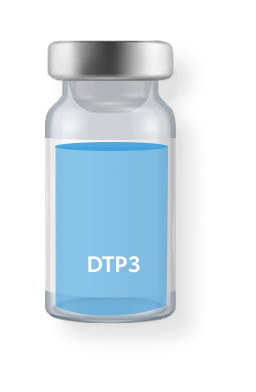
Reaching zero-dose children in Malawi’s cities
Malawi has more zero-dose children – children that don’t receive any basic vaccines at all - in urban areas than rural regions, because of hard-to-access immunisation services that require parents to take time off work that they can’t afford. Health partners are now trying to reach these children by mapping the location of unimmunised kids and tackling the root causes of non-vaccination.
The children who still miss out on vaccines
As proud as the world can be about massively ramping up the delivery of essential vaccines worldwide, we have a long road ahead to reach the most vulnerable children. Nearly 17 million ‘zero-dose’ kids never get a single dose of basic vaccines. This matters, because children who receive no vaccines are also most likely to be those who are already at the highest risk of infectious diseases like measles and tetanus, with nearly 50% of them living in cities, remote rural areas or conflict zones.
Not getting a single vaccination also triggers a cascade of collateral damage. Vaccines unlock a range of health services, and provide a connection point between families and primary health services at least five times during the first year of a child’s life alone. These include services for pregnant mothers as well as nutrition, de-worming and other health services for their children.
The pandemic has caused the number of zero-dose children to rise for the first time in decades, making the global effort to protect them with vaccines more urgent than ever.
